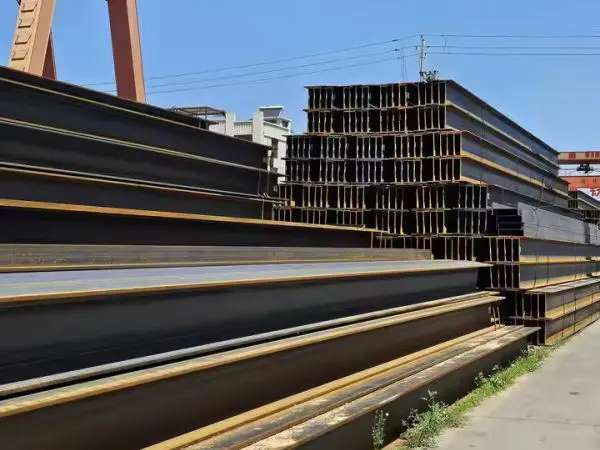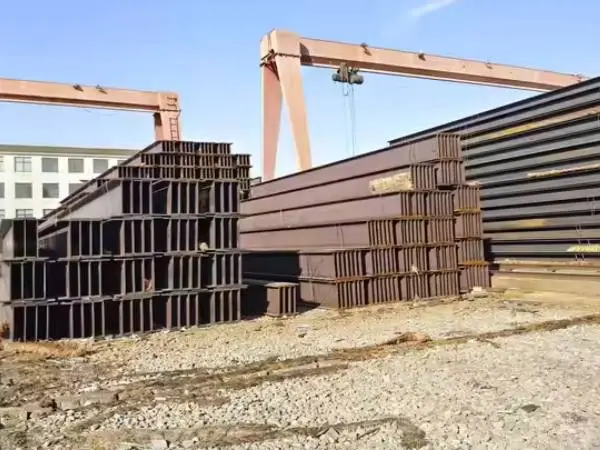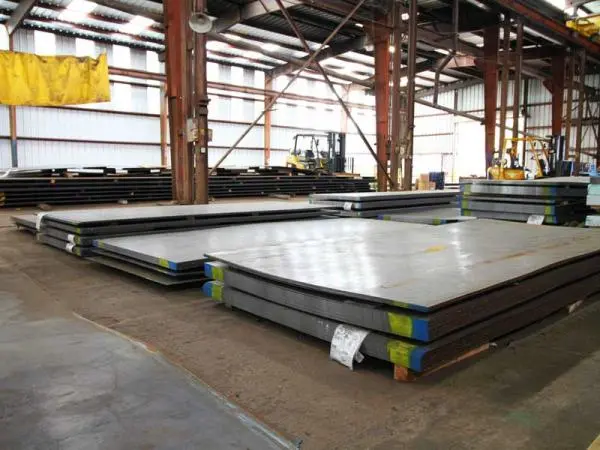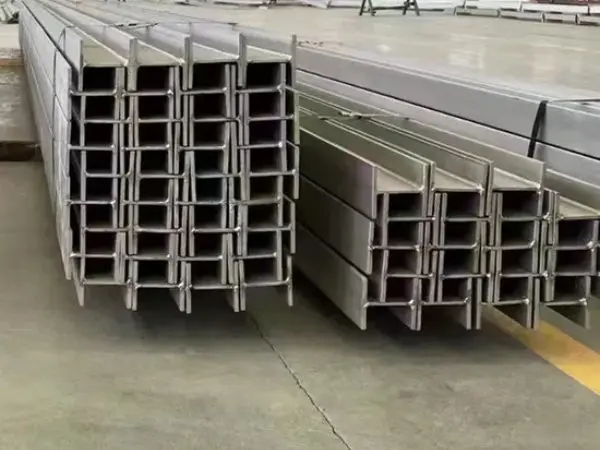- Phone0086 731 8564 8255
- E-mailsales@cscsteel-manufacturing.com
-

Heat-resistant ceramic lined pipes are widely used in industries that require materials to withstand extreme conditions, such as high temperatures, abrasion, and corrosion. These pipes are designed with a unique structure, combining a durable ceramic inner layer, a transition layer, and a steel outer shell, offering superior performance compared to traditional steel pipes. Below are the key physical properties of heat-resistant ceramic lined pipes that make them ideal for such demanding applications.
Hardness:
The inner lining of the pipe is made of corundum ceramic (Al2O3), which has a Mohs hardness rating of 9.0. This high hardness ensures exceptional wear resistance, making it suitable for environments with abrasive materials.
High Temperature Resistance:
Ceramic lined pipes can withstand continuous operation at temperatures ranging from -50°C to 700°C. The corundum ceramic has a stable crystalline structure, allowing it to maintain integrity under extreme heat.
Thermal Expansion Coefficient:
The linear expansion coefficient of the ceramic layer is 6-8x10⁻⁶/°C, which is about half that of steel. This allows the pipe to resist thermal stress and retain its structural integrity over a wide temperature range.
Density:
The density of the corundum ceramic layer is approximately 3.9 g/cm³. This contributes to the pipe's light weight while still offering durability and strength.
Corrosion Resistance:
The neutral properties of Al2O3 give the ceramic lining excellent resistance to chemical corrosion from acids, alkalis, and seawater, making it ideal for corrosive environments.
Low Friction Coefficient:
The smooth inner surface of the ceramic lining has a low friction coefficient of 0.0193. This reduces operational resistance, minimizes energy loss, and enhances the efficiency of material transportation.
Impact Resistance:
The combination of the steel outer layer and the ceramic inner layer, bonded by the transition layer, provides good impact resistance. The structure absorbs and distributes shock, making it suitable for handling high-stress applications.




